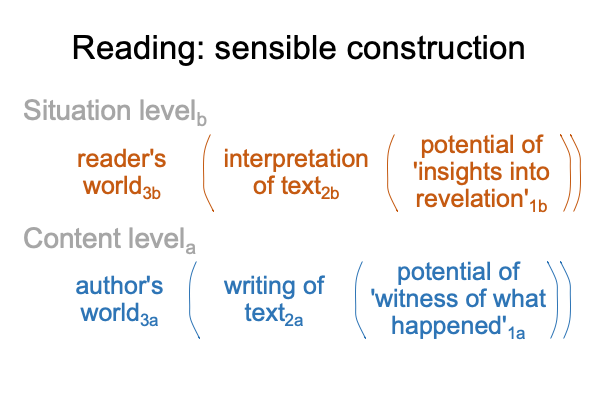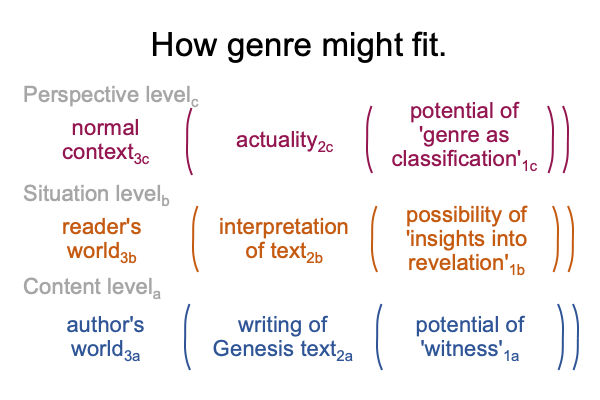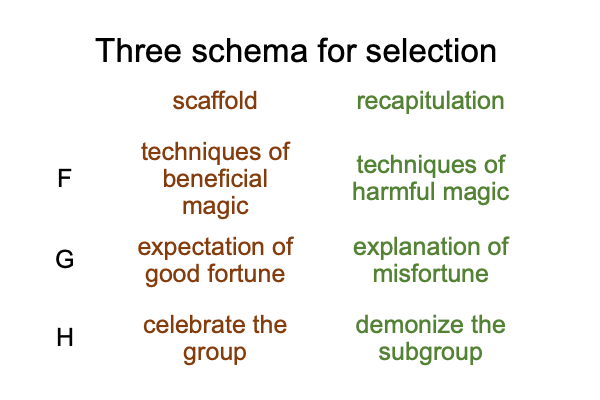Looking at the Book (2015) Genesis: History, Fiction or Neither? (Part 18 of 38)
0060 James Hoffmeier concludes, by expressing the conviction that the entire Bible, including Genesis 1-11, intend to portray real events. Therefore, the genre of Gen 1-11 is history and theology.
0061 These comments rely on the hypothesis of the first singularity, where a change in the way humans talk, from hand-speech to speech-alone talk, constitutes a transition so fundamental that our current Lebenswelt is not the same as the Lebenswelt that we evolved in.
To me, this implies that the stories of Adam and Eve are fairy tales about the initiation and early development of our current Lebenswelt of unconstrained social complexity.
0062 The first singularity initiates cycles of failure, reorientation, paradigm implementation, and response to contradictions inherent in the established paradigm. Each cycle expresses its own genre. Each cycle lasts for 16 generations (that is, about 400 years). Each cycle brings the Ubaid further into the rewards and losses of increasing social differentiation.
A similar spiraling appears in Gen 1-11. For example, the stories of Cain and Abel are a little less dreamy than the stories of Adam and Eve. Lamech’s attitude is way more arrogant than Cain’s.
0063 The primeval history serves a witness to the consequences of the first singularity.
In this sense, Hoffmeier is on target. Gen 1-11 is history and theology.



